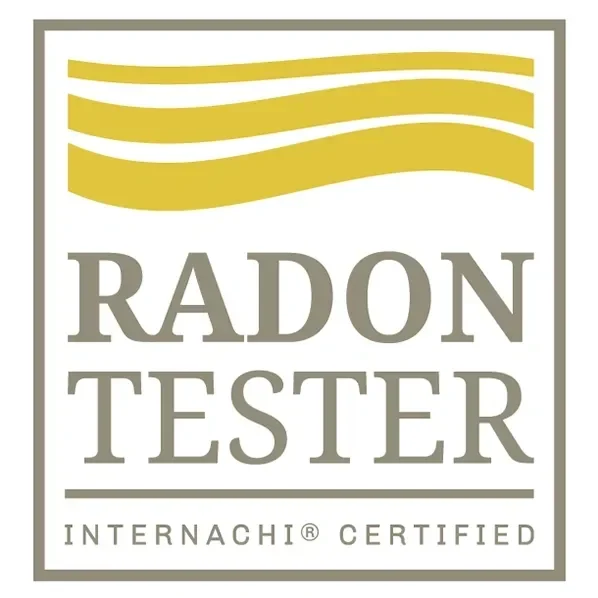Radon can be dangerous. It pays to know what you’re dealing with.
Radon is considered to be the second-leading cause of lung cancer in the United States, and you can’t tell if a home has high radon levels unless you test for it. Our state-of-the-art equipment and high-quality standards allow us to
accurately test for the existence of radon in the home or on the property.
If a home does test high for radon levels, that is something you need to know, so that your agent can help negotiate a possible credit in your purchase price, or require that sellers install a radon mitigation system. We test to a minimum 48 test, to ensure accurate measurements.
Talk to us about including radon testing as part of your certified home inspection.
when to get radon testing:
Buying or Selling a Home: Radon testing is crucial during real estate transactions to ensure the property is free from elevated radon levels before the deal is finalized.
After Home Renovations: Significant changes to your home’s structure, such as remodeling or additions, can alter airflow and potentially increase radon levels.
Living in a High-Risk Area: If you live in a region known for high radon concentrations (like certain parts of Oregon), routine radon testing helps monitor levels.
New Home Construction: Even newly built homes can have radon issues due to the materials used and ground conditions. Testing ensures a safe environment from the start.
Unexplained Health Issues: If household members experience frequent respiratory issues or lung problems, testing for radon can identify whether radon gas is the culprit.
After Installing a Radon Mitigation System: Routine radon testing ensures that your mitigation system is functioning properly and keeping radon levels low.
Long-Term Homeownership: If it has been several years since your last radon test, it’s a good idea to retest, as radon levels can fluctuate over time

